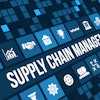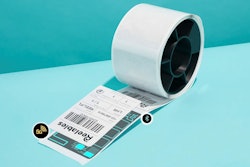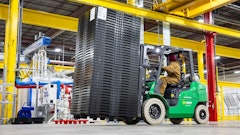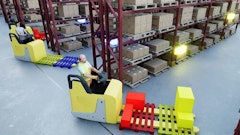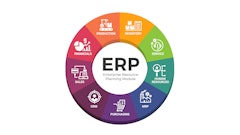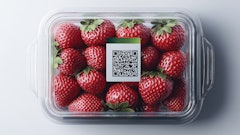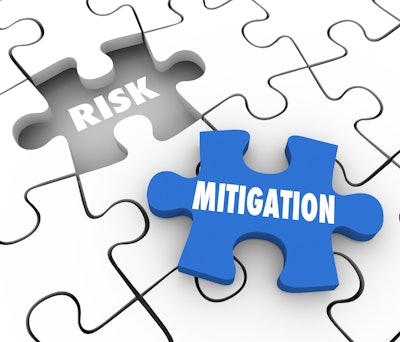
The influx of online shopping options has vastly accelerated the delivery of goods. And yet, this improved speed and efficiency has left the door open for more grifting and counterfeiting. The FDA estimates that food fraud, which commonly includes incorrect expiration dates or the incorrect listing of ingredients, is costing the industry as much as $40 billion a year.
Businesses, especially in the food and beverage sector, can ill afford to ignore the issue of counterfeiting. Beyond being exorbitantly costly, food fraud can cause significant consumer safety issues and, as a result, irreparable damage to a brand’s reputation. The perception of trustworthiness amongst its consumer base can take a massive hit and may take years to fully recover. Potential lawsuits from affected customers, coupled with costly recalls and fines, could hurt a given business to a point they may be unable to recover. This only heightens the importance of investing in the right technology.
Many organizations have recognized this problem and are committed to finding the right solution to combat it. Fortune Business Insights reports that the global anti-counterfeiting packaging market size was valued at $138.77 billion in 2022 and is projected to grow to $255.41 billion by 2030. With so much money pouring into anti-counterfeiting measures, there is more pressure on finding the right solution otherwise organizations risk losing not only their investment, but also their reputation.
Enhancing product traceability, specifically through improved coding and marking, is one of the keys to solving the counterfeiting issue. Through the use of secure coding and marking devices, which leverage laser and spray technologies to print on almost any surface, businesses can create unique product identifiers for improved visibility along the supply chain.
Coding and marking are a crucial aspect to improved traceability
Much of the work required to successfully employ these unique labels relies on the proper coding and marking of a given label. Manufacturers can see details such as the product source, authenticity, and expiration date of any packaged good that is properly marked and coded. Should a product’s authenticity be called into question due to counterfeiting concerns, the producers of that good can retrace the product’s path along the supply chain to prove its authenticity and reassure all stakeholders. With regulations such as updates to the FDA’s Food Safety Modernization Act (FSMA), which will lay out more stringent guidelines on traceability, coding and marking can assist food producers in staying compliant. Should an issue arise, they can easily pinpoint the problem and share accurate information with governing bodies, consumers, and stakeholders.
This can also be applied to proving the authenticity of their goods. By accurately deploying coding and marking practices, it is much easier for consumers, stakeholders, and other interested parties to trace packaged goods along the supply chain and prove their authenticity. Furthermore, food and beverage suppliers can better provide information on the expiration date and freshness of their products. With “best before” and “use by” dates being so crucial to the health and safety of customers, coding and marking can help consumers decrease their food waste and shop much more efficiently, while simultaneously increasing profitability for the business.
Creating unique labels through coding and marking
By properly utilizing coding and marking technology, organizations can print important information directly onto a product to further improve traceability along the supply chain and feel more confident in the deployment of their anti-counterfeiting measures. For example, by creating and logging the Electronic Product Code (EPC) and unique tag ID for every tag encoded, organizations can create a “closed-loop” tag that can be automatically logged into its system and be easily tracked along the supply chain. The creation of these tags improves product visibility, allowing manufacturers to see exactly which factory, country, and printer generated the tag and trace the product from origin to its destination. The automatic logging of these unique tag IDs helps further eliminate the threat of counterfeit goods as they can be replicated across industries and align with a number of compliance requirements. Ultimately, organizations can keep track of their inventory much more easily and stay up to date on the state, and status, of their product as it goes to market.
As food and beverage suppliers find themselves balancing threats of counterfeit goods and increasing regulatory oversight, they would be well-served to invest in automated labeling solution to alleviate the difficulty of tracking and tracing along the supply chain. As the industry continues to undergo a digital transformation, these practices will become more commonplace, and consumers will have peace of mind knowing their food and beverage providers are doing everything they can to supply fresh and safe goods. Investing in this technology will keep your organization one step ahead of bad actors despite their best efforts to adapt to smarter supply chains as the technology continues to improve.

